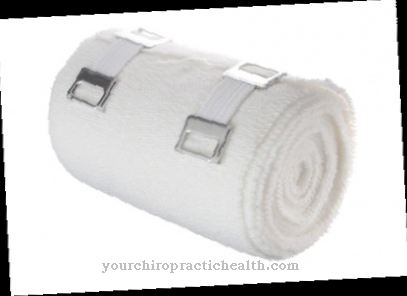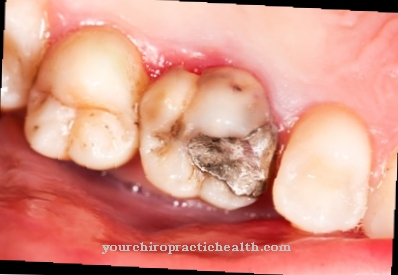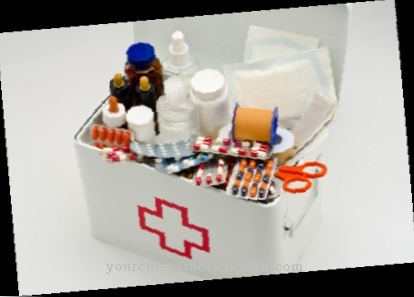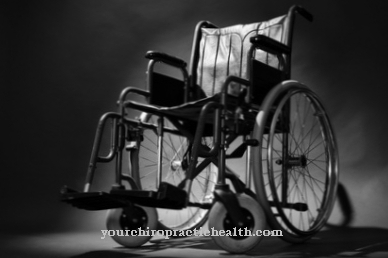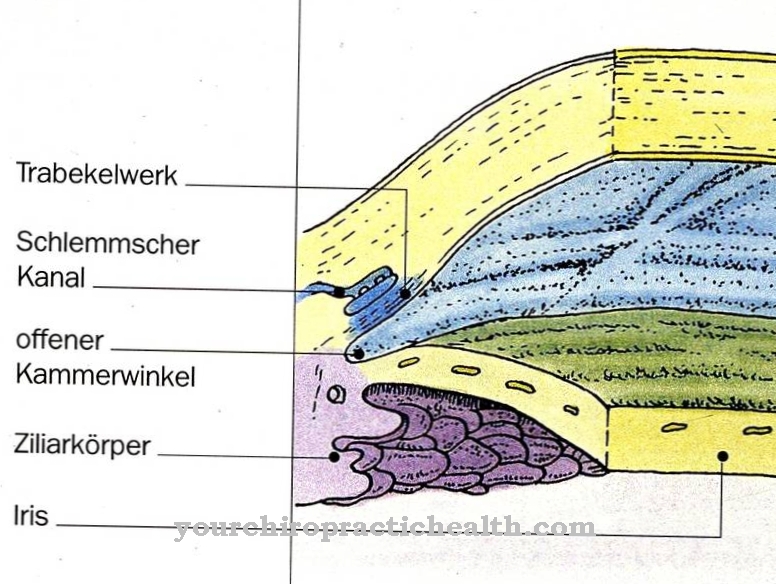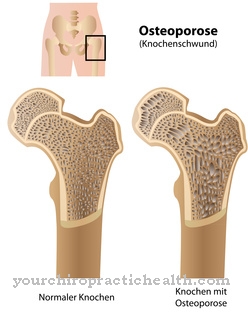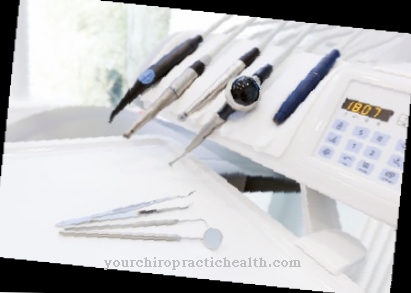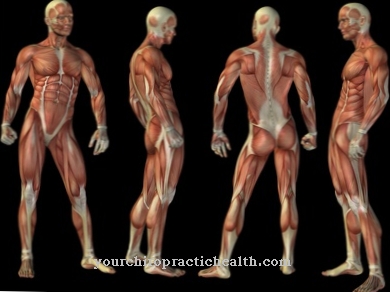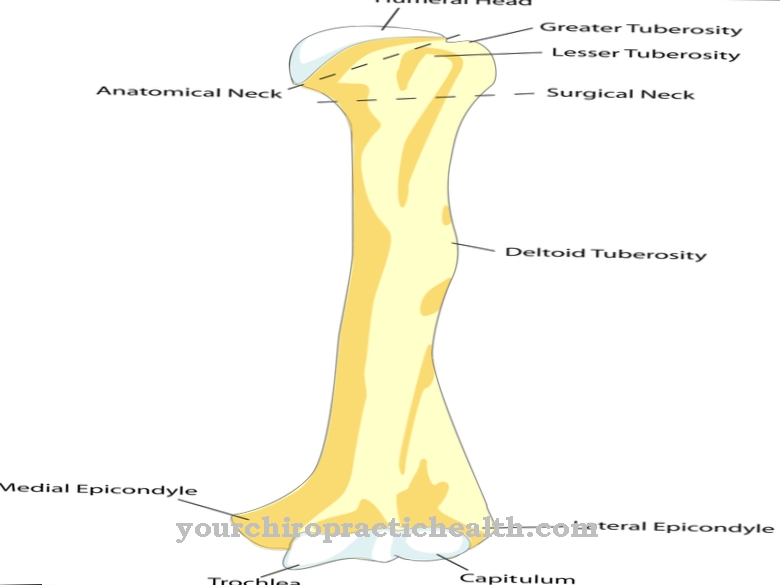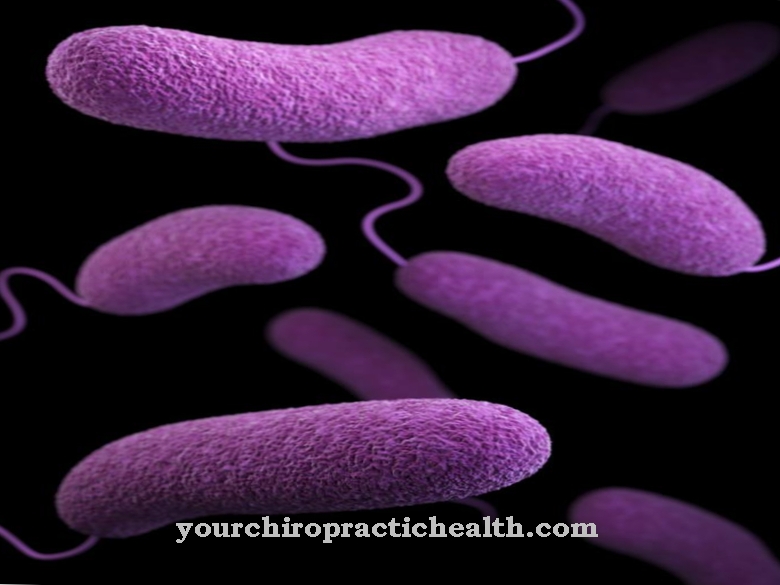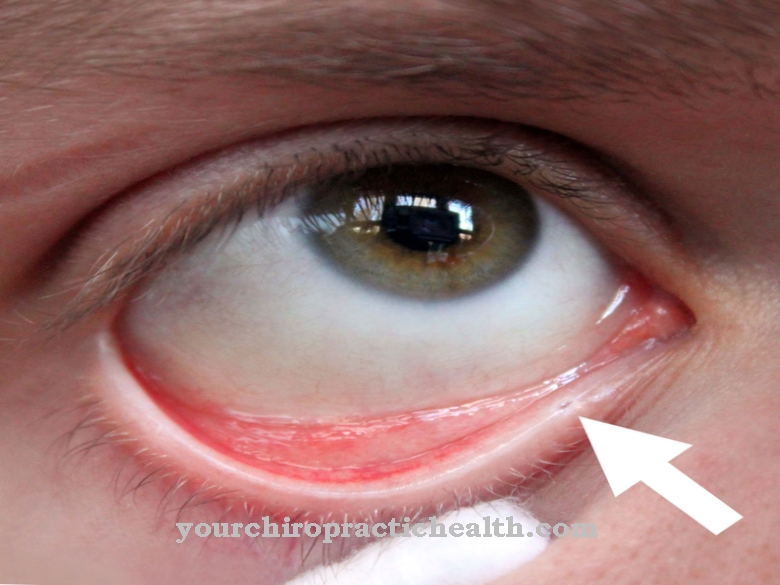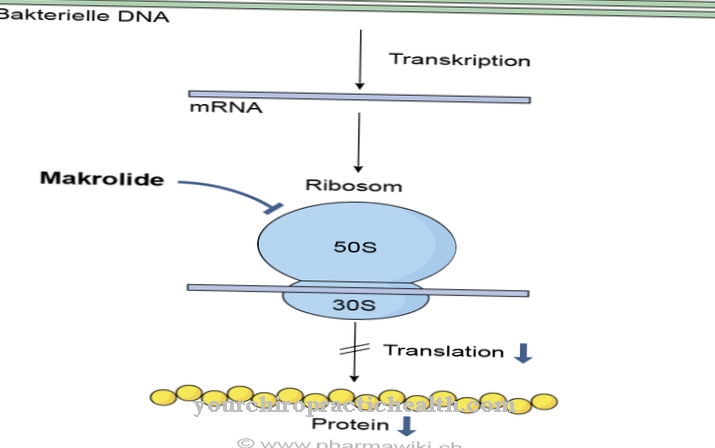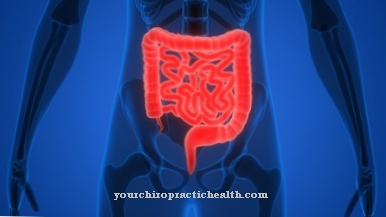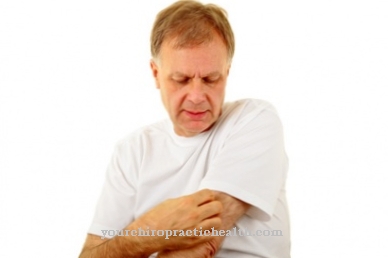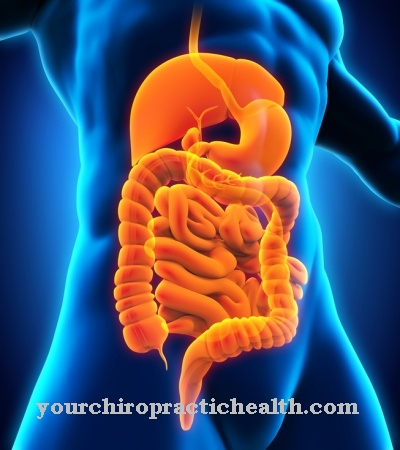Of the Reflex hammer is an instrument used in neurological examination. The hammer is used to test muscle reflexes, tendon reflexes and skin reflexes.
What is a reflex hammer?

The reflex hammer owes its name to its typical shape, which is reminiscent of a hammer. However, not all specimens have this characteristic shape. There are many different models, most of which are named after their inventor.
The reflex hammer is usually used for reflex testing. However, it can also be used for percussion in medical diagnostics. The reflex hammer is therefore also called Percussion hammer designated.
Shapes, types & types
There are many different models of reflex hammers. These differ in shape, size, color and material. Some models have additional instruments such as brushes or needles. These are usually integrated into the hammer handle.
The classic reflex hammer is made of stainless steel. But there are also reflex hammers made of plastic, titanium or carbon fiber. Reflex hammers, which are similar to toys, are used in paediatrics. This can take away the fear of the examination from the children.
The Buck reflex hammer is a rather small reflex hammer with a size of 18 centimeters. It is also relatively light. The hammer head has two rubber inserts of different sizes. In addition, a brush and needle are usually included.
The Martin reflex hammer is similar to the Buck reflex hammer. However, it has an additional weight above the hammer handle. This makes it more top-heavy.
In contrast to the Buck reflex hammer, the Trömner reflex hammer is rather heavy. This is also due to the size of 24 centimeters. The Trömner reflex hammer also has two rubber inserts of different sizes at the head end. However, the handle is hollow. This makes this reflex hammer very top heavy.
The shape of the Berliner reflex hammer is reminiscent of a tomahawk. The rubber insert is one-sided and sickle-shaped. The Babinski reflex hammer has a plate-shaped metal head which is encased in a rubber ring. The handle is rather elegant.
A simple model is the Dejerine reflex hammer. It has two massive rubber inserts of the same size on the hammer head. The Taylor reflex hammer is a small and light model. It has a rubber wedge as a hammer head. This is framed by a metal ring. Mostly it is delivered with a loop-shaped handle.
Structure & functionality
The most common reflex hammers have two rubber inserts in different sizes on their heads. With the larger rubber insert, the reflexes of the large tendons of the extensor muscles are tested. These include the patellar tendon reflex, the triceps tendon reflex, and the Achilles tendon reflex. There are also some tendons for which testing with selective pressure would be painful. Here too, the doctor uses the larger rubber insert. An example of such a reflex would be the radius periosteal reflex. The smaller rubber head is used for reflex testing on tendons of the flexor muscles. A reflex of the flexor muscles is the biceps tendon reflex.
As a rule, self-reflexes are tested with the rubber heads. This is done by striking the tendon of a muscle with the hammer head. As a result of this blow, the muscle spindles are stretched very suddenly and quickly. There is an involuntary reaction. A muscle contraction is triggered via a monosynaptic spinal reflex arc. In the patellar tendon reflex, for example, a hammer head blow is applied to the patellar tendon on the knee. As a result of this blow, the extensor muscles of the thigh (quadriceps femoris muscle) contract. The knee joint then extends.
The reflexes are always carried out comparing the sides. The reactions to the reflex can only be adequately assessed by comparing the sides.As a rule, the reactions to the reflexes are classified into the categories missing, weakened, normal or increased. There are also clinical scale systems for a more precise classification of the reflex response. However, due to the lack of comparability, they are rarely used in everyday clinical practice.
Some reflex hammers also have a brush and needle. With these additional instruments, skin reflexes can be triggered and sensitivity tests can be carried out. Skin reflexes are polysynaptic reflexes (external reflexes). An example of a skin reflex is the abdominal skin reflex. The examiner briefly brushes the skin of the abdomen with a brush or needle. This triggers a contraction of the abdominal muscles on the same side. A lack of the abdominal skin reflex can indicate damage to the pyramidal tract.
In the sensitivity test, the sensation of touch and the sensation of pain are tested with the hammer. In doing so, touches with the brush are set in alternation. The patient is asked whether he can perceive these touches or not. The pain sensation is checked with the needle. The examiner alternates between the blunt and the pointed side of the needle. The patient should now distinguish when the blunt and when the pointed side was put on.
Medical & health benefits
The reflex hammer is an indispensable instrument for neurological examinations. The reflex tests with the reflex hammer provide valuable information on neurological diseases. When testing, a distinction can be made between physiological and pathological reflexes. Physiological reflexes can be triggered in healthy people with the reflex hammer. Weakened, missing and heightened reflexes have a disease value here.
Weaker self-reflexes or lack of reflexes can be caused, for example, by neuropathies or herniated discs. Increased reflexes can be the result of a lesion of the pyramidal tract. Weakened or missing extraneous reflexes also provide indications of damage to the spinal cord.
Pathological reflexes are also described as pyramidal trajectories. Here reflexes can be triggered with the reflex hammer, which should actually only occur in small children. As the name suggests, pyramid orbit signs usually appear when the pyramid orbit is damaged.

